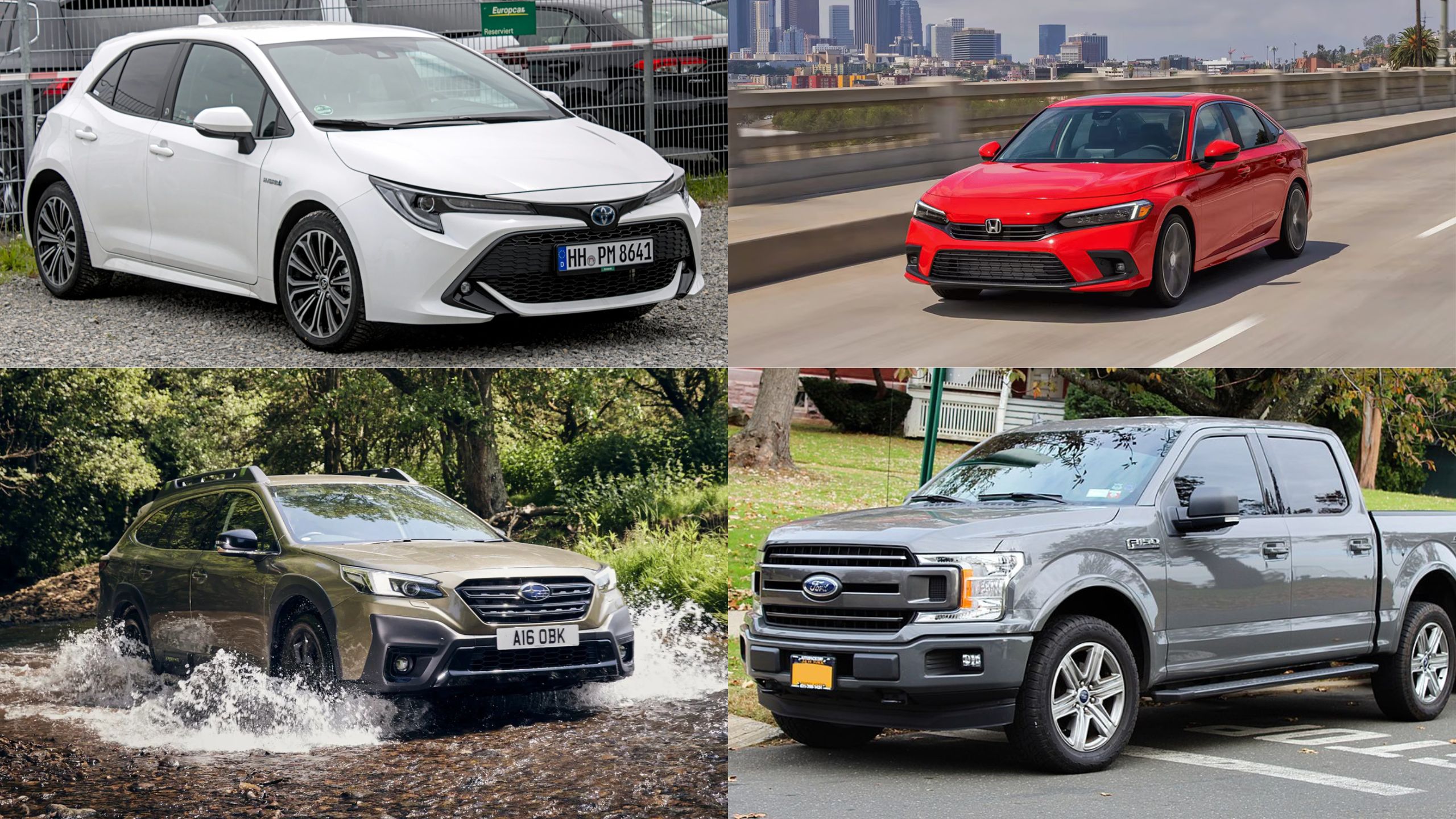The daily commute can be a grueling test of endurance not just for drivers, but especially for their vehicles. From pothole-riddled streets to bumper-to-bumper traffic, some cars rise to the challenge while others crumble under pressure.
The ideal daily driver needs to withstand constant use, environmental stressors, and occasional neglect without demanding constant attention or expensive repairs. These workhorses blend reliability with practicality, offering dependable transportation without drama.
Conversely, some vehicles, despite their allure, simply aren’t built for the daily grind. Whether due to complex mechanical systems, fragile components, or excessive maintenance requirements, these high-maintenance options quickly become financial and logistical burdens when subjected to regular use.
This guide examines five vehicles that thrive under pressure and five that falter when faced with the realities of everyday driving. Understanding which category a potential purchase falls into can save drivers significant headaches and costs down the road.
5 Cars That Are Perfect for Daily Abuse
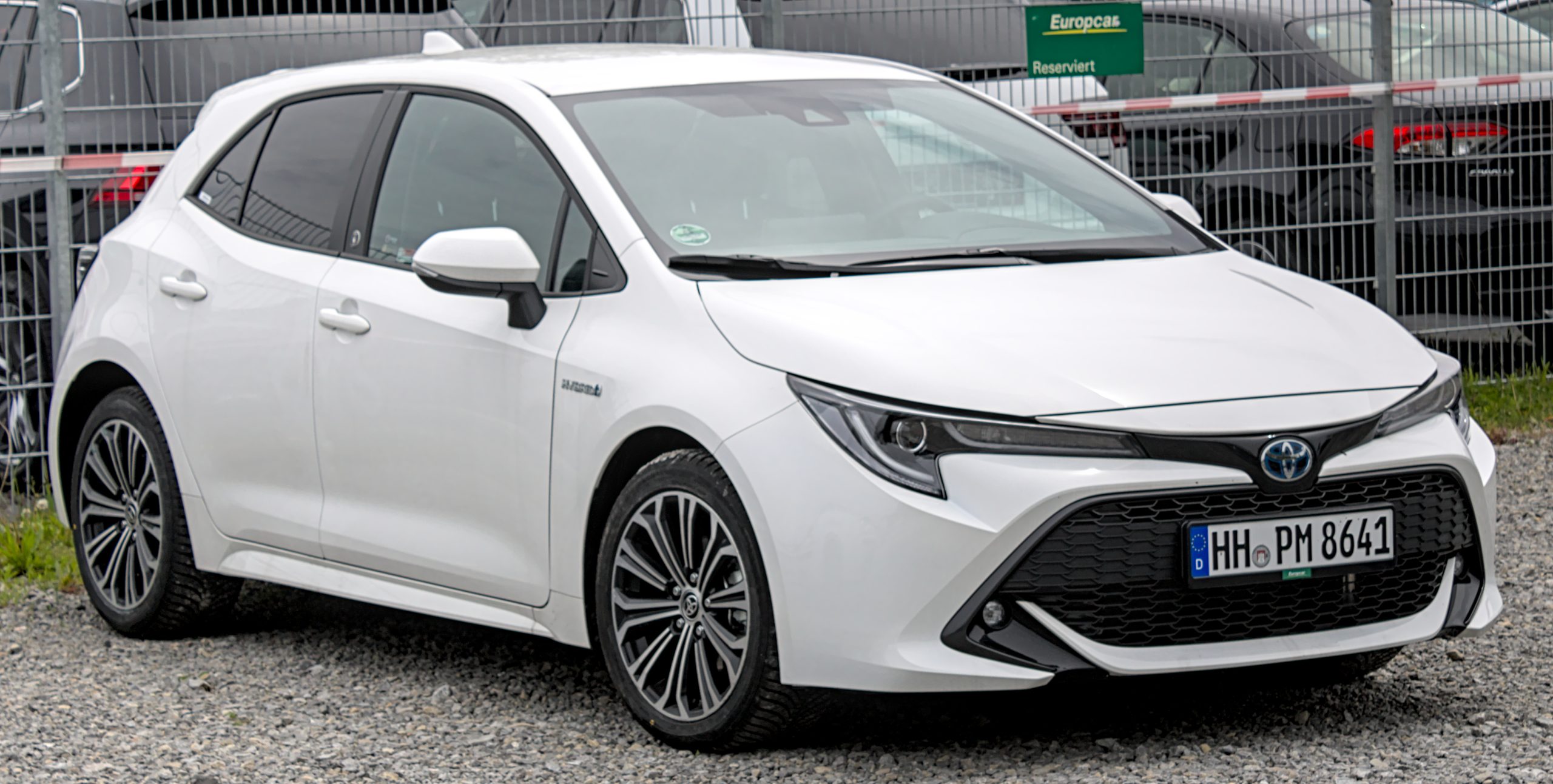
1. Toyota Corolla
The Toyota Corolla has earned its reputation as the cockroach of the automotive world, virtually indestructible and capable of surviving nearly anything thrown its way.
This compact sedan’s legendary reliability stems from Toyota’s conservative engineering philosophy: proven technology over cutting-edge innovation.
The Corolla’s simple, understressed four-cylinder engine rarely demands more than basic maintenance, with many examples easily surpassing 300,000 miles with just routine oil changes and scheduled service.
What makes the Corolla particularly suited for daily abuse isn’t just its mechanical resilience but its forgiving nature. Miss an oil change by 1,000 miles? The Corolla soldiers on.
Hit that pothole you didn’t see coming? The robust suspension components absorb punishment that would damage more delicate setups.
Even the interior materials, while not luxurious, are selected specifically for durability rather than initial impression, resisting wear and maintaining their appearance despite years of use.
The Corolla’s parts availability represents another significant advantage for high-mileage drivers. With millions of units sold worldwide, replacement components are both plentiful and affordable when repairs do become necessary.
This accessibility extends to mechanical expertise virtually any mechanic can service a Corolla competently, eliminating the need for specialized (and expensive) technicians.
Perhaps most importantly, the Corolla doesn’t demand driver engagement or attention. It operates efficiently in the background of one’s life, asking little while providing consistent, drama-free transportation.
For those who view cars as appliances rather than passions, few vehicles match the Corolla’s combination of affordability, reliability, and sheer indifference to abuse.

2. Honda Civic
The Honda Civic exemplifies the perfect balance between engaging driving dynamics and bulletproof reliability a rare combination that makes it exceptionally well-suited for daily abuse.
Honda’s engineering philosophy prioritizes lightweight construction and efficient, high-revving engines that somehow manage to be both fun to drive and remarkably durable. The Civic’s VTEC engines, in particular, have demonstrated an almost supernatural ability to withstand neglect while maintaining performance.
What truly distinguishes the Civic is its dual personality. While it rewards attentive drivers with responsive handling and eager acceleration, it doesn’t punish those who treat it as mere transportation.
The maintenance schedule is straightforward and forgiving, with many components designed to last the lifetime of the vehicle.
Even the transmission options, both manual and automatic, demonstrate remarkable longevity compared to competitors, often lasting well beyond 200,000 miles with minimal intervention.
The Civic’s practical design extends to its interior, which combines space efficiency with materials selected for longevity. The cloth seats resist staining and wear, while the simple dashboard layouts minimize electronic complexity and potential failure points.
Even in models equipped with more advanced technologies, Honda’s conservative approach to implementation means these features tend to remain functional long after competitors’ systems have failed.
Honda’s commitment to standardization across its lineup also benefits Civic owners facing inevitable repairs. Parts compatibility between model years and even different Honda models means replacement components remain affordable and accessible throughout the vehicle’s extended lifespan.
This approachability extends to DIY maintenance; the Civic’s engine bay layout welcomes owner intervention, with excellent access to common service points and logical component placement.
The Civic’s enduring popularity means substantial aftermarket support exists for those who encounter the rare mechanical issue, ensuring solutions remain available even for vehicles well into their second decade of service.
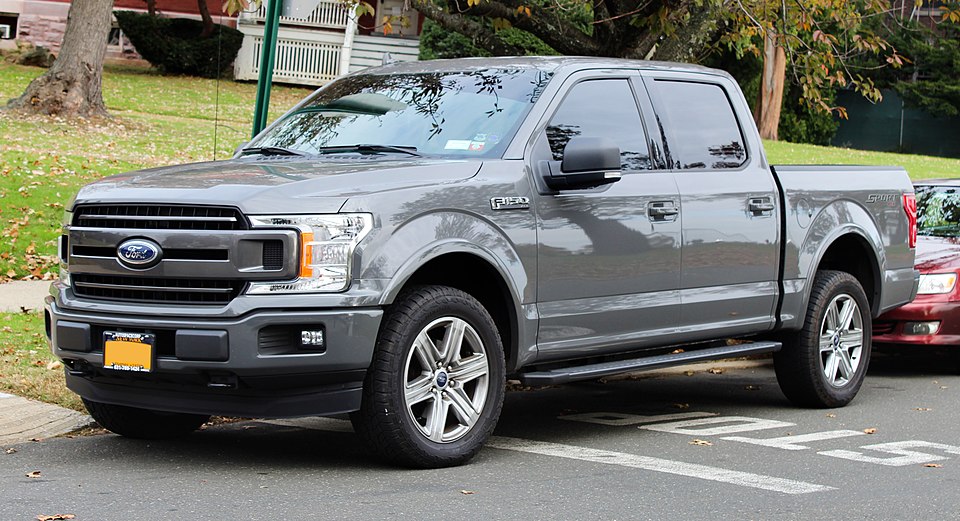
3. Ford F-150
The Ford F-150 stands as America’s quintessential workhorse, engineered specifically to withstand punishing conditions that would cripple lesser vehicles.
Its body-on-frame construction provides an inherent durability advantage over unibody vehicles, allowing the frame to absorb impacts and stresses without transmitting them throughout the entire structure.
This design philosophy extends to the suspension components, which prioritize robustness over ride refinement, making the F-150 particularly adept at handling overloaded cargo beds and rough terrain without complaint.
Ford’s focus on commercial applications means the F-150’s interior is designed primarily for functionality and longevity.
Base models feature vinyl flooring that can be hosed out after particularly messy adventures, while the seating materials are selected to withstand constant ingress/egress and the occasional spill. Even the switchgear demonstrates a satisfying heft that suggests long-term durability.
The F-150’s engine options reflect similar priorities. While newer EcoBoost turbocharged powerplants offer improved efficiency, many daily abusers opt for the naturally aspirated V8 options, which present fewer potential failure points despite their increased fuel consumption.
The transmissions, particularly the six and ten-speed automatics introduced in recent generations, demonstrate remarkable resilience even when towing at maximum capacity.
What truly separates the F-150 from potential competitors is its massive production volume, which creates unmatched economies of scale for replacement parts.
This ubiquity ensures that even specialized components remain affordable throughout the vehicle’s lifespan. Additionally, Ford’s extensive dealer network means service is readily available nationwide, a critical consideration for vehicles subjected to commercial use.
The F-150’s versatility perhaps best explains its suitability for abuse. Whether serving as a job site companion, family hauler, or long-distance cruiser, its overbuilt nature handles these varied demands without complaint.
Few vehicles can transition between such diverse roles while maintaining mechanical integrity over hundreds of thousands of miles.
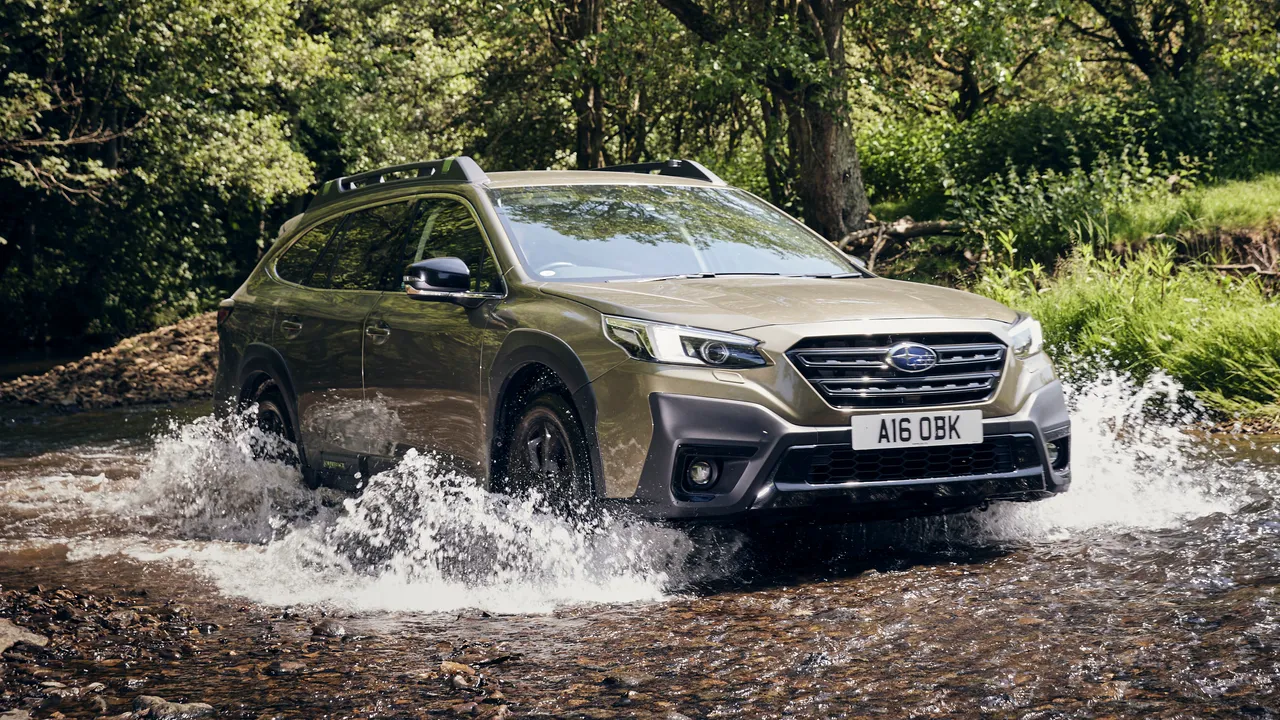
4. Subaru Outback
The Subaru Outback has earned its reputation as the unofficial vehicle of outdoor enthusiasts through its unique combination of all-weather capability and remarkable durability.
Unlike traditional SUVs that achieve off-road prowess through complex transfer cases and high ground clearance, the Outback relies on a simpler approach: symmetrical all-wheel drive and sufficient clearance for moderate obstacles.
This elegantly straightforward system distributes power effectively across all wheels without requiring driver intervention, making it particularly suited for those who regularly encounter adverse conditions but lack specialized driving skills.
Subaru’s boxer engine layout contributes significantly to the Outback’s durability. The horizontally opposed cylinders create inherent balance that reduces vibration and associated wear.
While these engines have historically faced criticism regarding head gasket issues, modern iterations have largely addressed these concerns while maintaining the design’s fundamental advantages.
The relatively low-compression, naturally aspirated character of most Outback engines allows them to accept lower-quality fuel without complaint, a significant advantage for vehicles operated in remote areas.
The Outback’s interior prioritizes function over luxury in ways that benefit longevity. The upholstery resists staining from mud, pet hair, and the occasional spilled coffee, while the cargo area features water-resistant materials that can be wiped clean after transporting wet gear.
Even the infotainment systems demonstrate remarkable resilience compared to competitors, with physical buttons supplementing touchscreen controls for critical functions. Perhaps most impressively, the Outback achieves its durability without sacrificing comfort.
The suspension tuning strikes an ideal balance between compliance over rough surfaces and controlled handling, preventing the fatigue that often accompanies vehicles with more aggressive off-road setups.
This civilized nature makes it particularly suitable for those who subject their vehicles to challenging conditions but still need comfortable daily transportation.
The Outback’s reputation for longevity has created strong residual values, making it a financially sound choice for those who intend to keep their vehicles for extended periods. With proper maintenance, covering 250,000+ miles remains a realistic expectation rather than an aspirational goal.
Also Read: 5 Budget Cars With Low Ownership Costs and 5 That Empty Wallets
5. Toyota 4Runner
The Toyota 4Runner represents the increasingly rare breed of SUVs built on traditional body-on-frame construction, an approach that sacrifices some on-road refinement in exchange for extraordinary durability.
This architecture allows the vehicle to absorb significant impacts without structural damage, making it particularly suited for drivers who regularly encounter unpaved roads, construction sites, or genuine off-road conditions.
The separate frame also simplifies repairs after significant impacts, as damaged components can often be replaced individually rather than requiring comprehensive structural reconstruction.
Toyota’s approach to the 4Runner’s powertrain emphasizes reliability through technological restraint. The 4.0-liter V6 engine avoids turbos, high-compression ratios, and other efficiency-focused technologies that might compromise longevity.
Instead, it delivers adequate power through conservative tuning and robust construction. Similarly, the five-speed automatic transmission prioritizes durability over gear count, using proven technology that has demonstrated remarkable longevity across Toyota’s lineup.
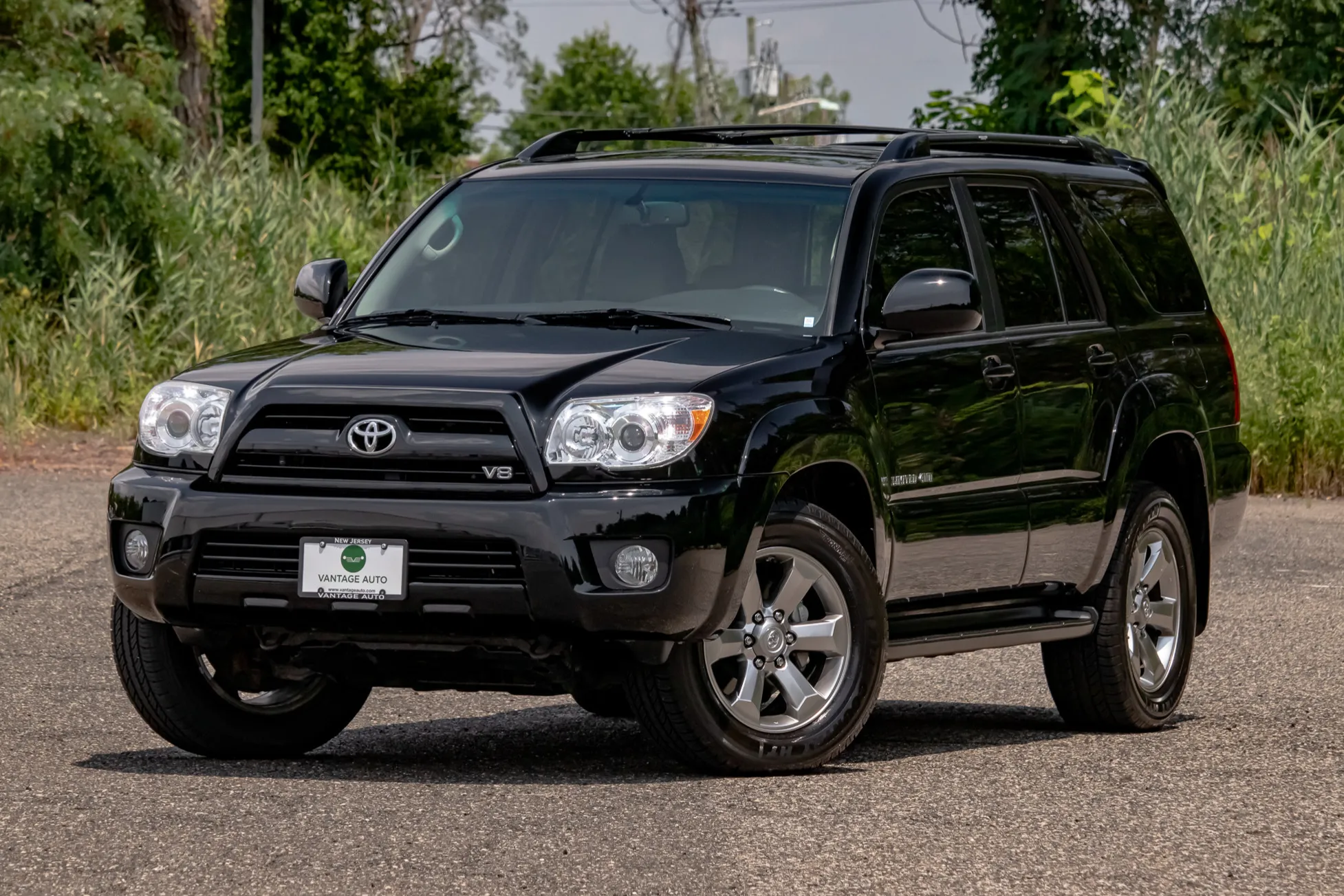
This mechanical simplicity extends to the four-wheel-drive system, which employs a traditional transfer case rather than electronically controlled differentials that might fail under sustained abuse.
The 4Runner’s interior continues this theme of functional durability. The control layouts favor physical buttons and knobs over touchscreen interfaces, reducing failure points in an environment frequently exposed to dust, moisture, and temperature extremes.
The seating materials resist abrasion from sandy clothing or equipment, while the cargo area features practical plastic surfaces that can be easily cleaned after transporting muddy gear or supplies.
What truly distinguishes the 4Runner for those seeking a durable daily driver is Toyota’s exceptional parts support.
The manufacturer’s commitment to global markets means components remain available decades after production, preventing the premature retirement that often befalls vehicles with parts availability issues.
This support, combined with the vehicle’s fundamentally sound engineering, explains why so many 4Runners accumulate mileage figures that would be considered extraordinary for most competitors.
For drivers who refuse to compromise capability for comfort, the 4Runner’s combination of off-road prowess and daily usability presents a compelling proposition that few contemporary vehicles can match.
Its resistance to both mechanical failure and obsolescence makes it an ideal companion for those who measure vehicle ownership in decades rather than years.
5 Cars That Can’t Handle Daily Abuse
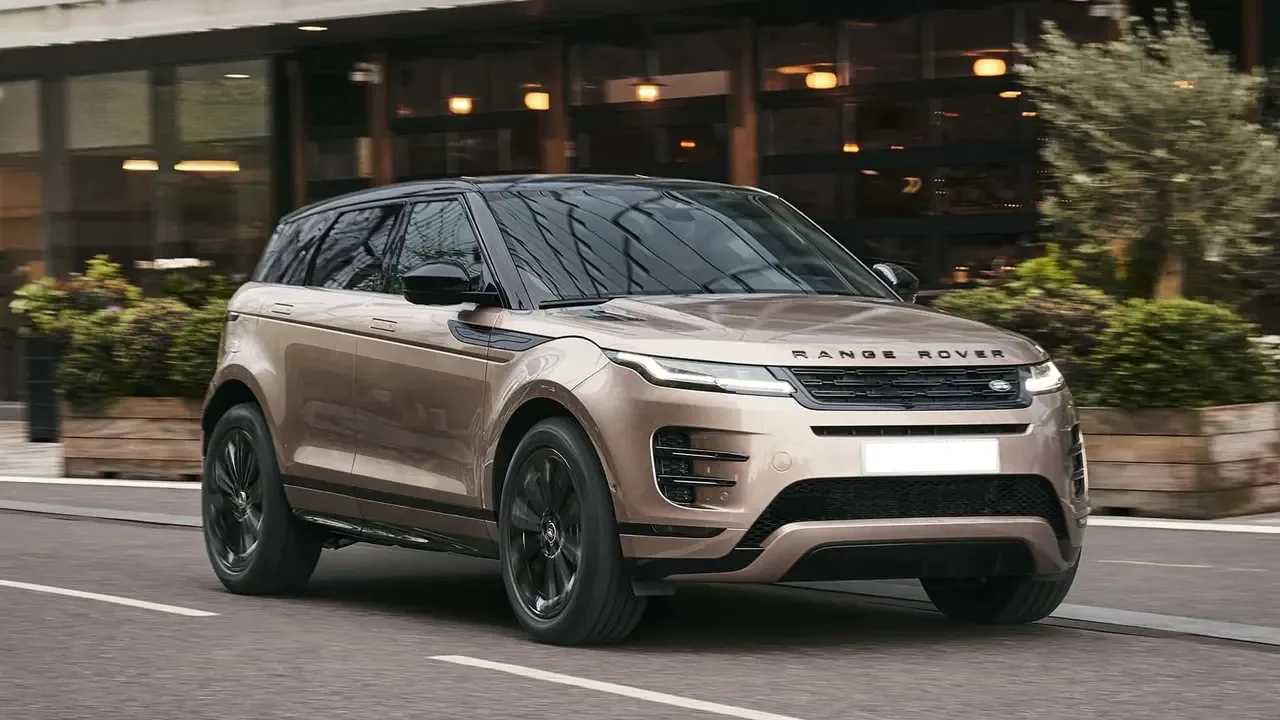
1. Range Rover
The Range Rover exemplifies the paradox of modern luxury SUVs offering exceptional off-road capability that rarely gets utilized while demonstrating surprising fragility when subjected to actual daily use.
Its complexity represents its greatest vulnerability. The air suspension system, while providing remarkable ride quality and adjustable height, contains numerous potential failure points.
The pneumatic components deteriorate with age regardless of mileage, leading to the familiar “three-corner slouch” that afflicts many examples approaching the 100,000-mile mark. Replacement costs frequently exceed $2,000 per corner, creating a significant financial burden for second or third owners.
The Range Rover’s sophisticated electronics present another area of concern for those considering daily use. The infotainment system, particularly in models produced before 2018, demonstrates alarming failure rates, with touchscreen unresponsiveness and system crashes becoming increasingly common as vehicles age.
Even more concerning are the numerous electronic control units governing everything from climate control to terrain response systems. These components frequently develop communication issues, triggering warning lights and occasional limp-home modes that can leave drivers stranded.
Powertrain reliability represents perhaps the most significant deterrent to daily Range Rover use. The supercharged V8 engines, while powerful, develop oil consumption issues and timing chain problems with alarming regularity.
The ZF eight-speed automatic transmission fares somewhat better but requires more frequent fluid changes than the owner’s manuals suggest. The transfer case a critical component for any four-wheel-drive vehicle demonstrates particular vulnerability to abuse, with rebuild costs often exceeding $3,500.
The Range Rover’s construction quality exacerbates these issues. Panel gaps widen with use, interior trim pieces detach unexpectedly, and water leaks develop around windshields and sunroofs.
While initial build quality has improved in recent generations, the vehicle’s fundamental complexity ensures that something will eventually require attention.
For the Range Rover enthusiast, these drawbacks might represent acceptable trade-offs for the vehicle’s undeniable presence and capability.
However, for those seeking reliable daily transportation, the Range Rover’s combination of high purchase price, expensive maintenance requirements, and statistical unreliability makes it particularly ill-suited for regular use, especially beyond the warranty period.
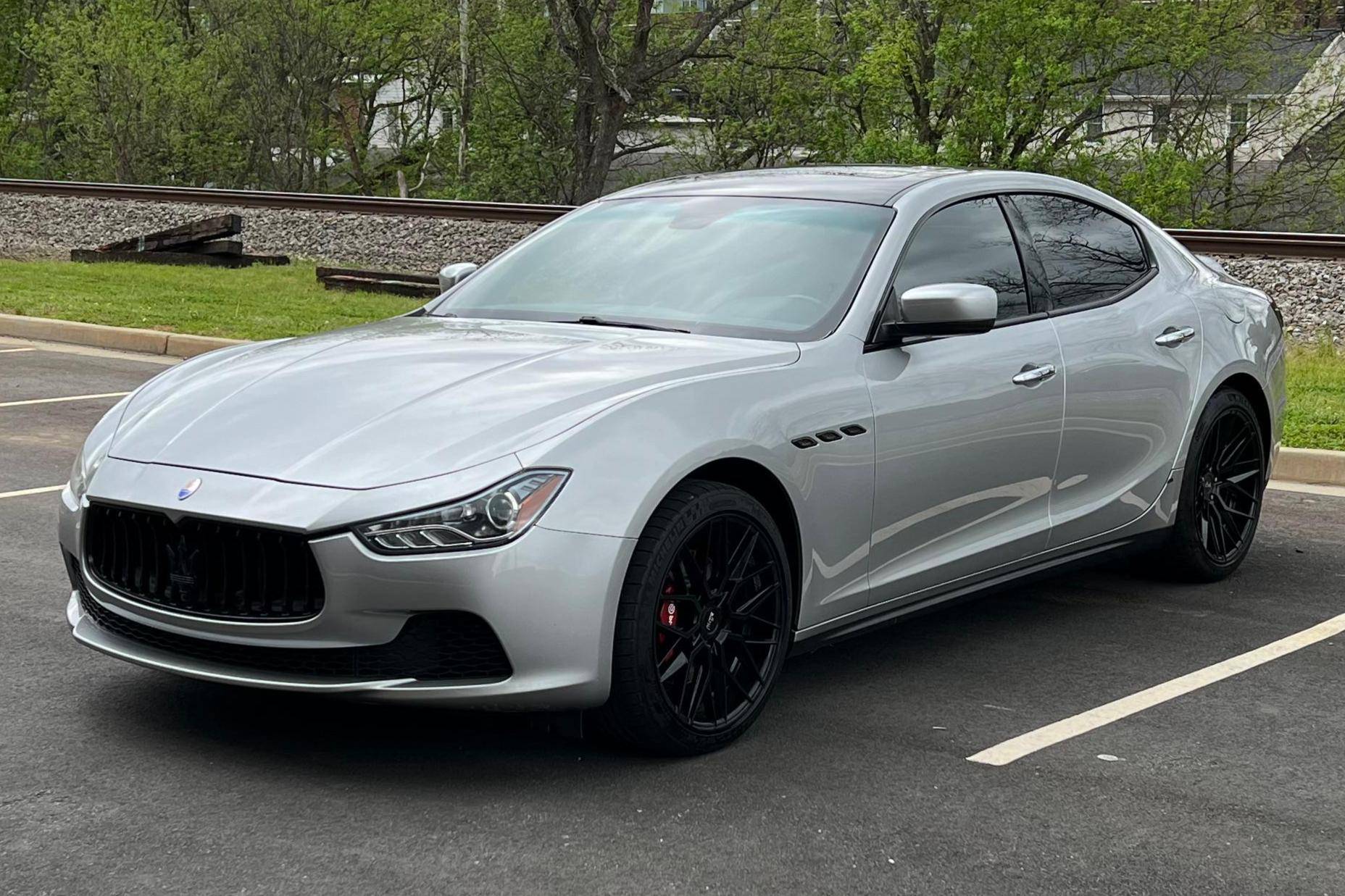
2. Maserati Ghibli
The Maserati Ghibli presents a compelling initial proposition: Italian exotic styling and a Ferrari-derived engine at a relatively accessible price point. However, this apparent value proposition quickly deteriorates when subjected to daily use.
The Ghibli’s foundation shared with the Chrysler 300 and Dodge Charger represents a problematic starting point, combining European complexity with American parts-bin components in ways that satisfy neither tradition’s strengths.
The Ghibli’s electrical system demonstrates particularly concerning reliability issues. Owners frequently report infotainment system failures, erratic climate control operation, and mysterious warning lights that appear without clear causes.
These issues often necessitate dealership diagnosis, as independent shops typically lack the specialized equipment required to interface with Maserati’s proprietary systems. This dealer dependency creates both logistical challenges and financial burdens, as service department hourly rates typically exceed $200.
The twin-turbocharged V6 engine, while sonorous and powerful, demands meticulous maintenance that exceeds most owners’ expectations.
Oil changes require specific synthetic formulations that cost significantly more than conventional services, while the cooling system’s complex architecture makes overheating a persistent concern in stop-and-go traffic.
The turbocharged design also places significant stress on the engine during cold operation, accelerating wear for those who make numerous short trips a common pattern for daily drivers.
Perhaps most concerning for potential daily users is Ghibli’s rapid depreciation, which reflects the market’s assessment of long-term reliability.
Models that commanded $80,000+ when new frequently sell for under $30,000 after just four years a devastating financial proposition for original owners but an equally troubling indicator for those considering “affordable” used examples.
This depreciation curve suggests that ownership costs extend far beyond scheduled maintenance, with many owners reporting four-figure repair bills becoming routine after warranty expiration.
The Ghibli’s interior materials further undermine its suitability for regular use. The leather upholstery, while initially impressive, shows wear patterns far earlier than competitors, particularly on the driver’s seat bolsters and steering wheel.
The switchgear much of it sourced from the Chrysler parts bin lacks the tactile satisfaction expected from a luxury marque and demonstrates durability concerns when subjected to frequent use.
For weekend enthusiasts seeking an evocative driving experience, the Ghibli’s limitations might represent acceptable compromises.
However, for those requiring dependable daily transportation, the Maserati’s combination of high operating costs, questionable reliability, and rapid depreciation makes it particularly ill-suited for regular duty.
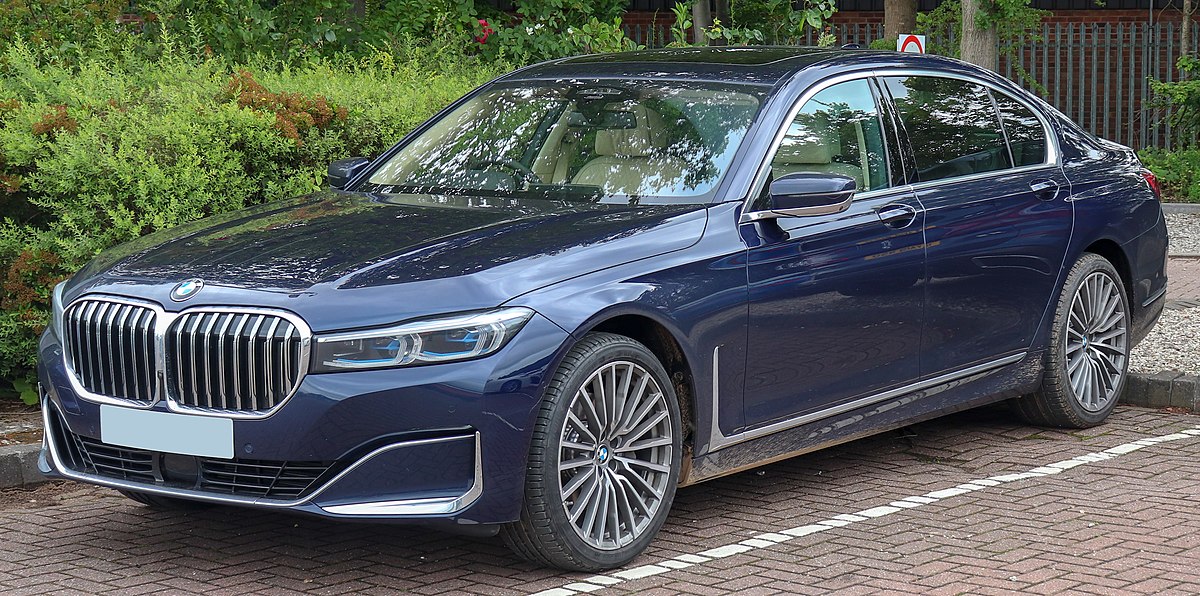
3. BMW 7 Series
The BMW 7 Series represents the pinnacle of the manufacturer’s engineering capabilities, showcasing cutting-edge technology and sophisticated luxury.
However, this complexity becomes its Achilles’ heel when subjected to daily use beyond the warranty period. The flagship sedan’s advanced systems, designed to deliver uncompromising performance and comfort, create a perfect storm of maintenance requirements and potential failure points that make it particularly unsuitable for high-mileage applications.
The 7 Series’ air suspension system exemplifies this vulnerability. While providing exceptional ride quality and adaptive handling, the pneumatic components inevitably develop leaks with age and use.
Unlike traditional spring setups, which might become somewhat less effective but rarely fail catastrophically, air suspension failures often render the vehicle undrivable until repaired.
Replacement costs frequently exceed $3,000 per axle, with many owners reporting multiple failures throughout the vehicle’s lifespan.
The electronic architecture presents perhaps the most significant concern for daily drivers. Modern 7 Series models contain over 100 control modules communicating via multiple network protocols.
This complexity creates innumerable potential failure points, from minor annoyances like malfunctioning seat memory to critical issues affecting drivetrain operation.
Diagnosis often requires specialized equipment available only at dealerships, creating both logistical challenges and significant expense even for relatively minor issues.
Engine reliability varies significantly by generation and powertrain, but certain patterns emerge consistently. The twin-turbocharged V8 engines, while powerful, develop oil consumption issues with concerning regularity.
Valve stem seals and turbocharger-related problems become increasingly common beyond 60,000 miles, with repair costs frequently exceeding $5,000. Even the theoretically simpler six-cylinder options develop timing chain issues that require extensive labor to address.
The 7 Series’ electrical components demonstrate particular vulnerability to daily use. From adaptive headlights to power trunk mechanisms, the sophisticated systems that initially impress buyers become financial burdens as vehicles age.
The iDrive infotainment system particularly in models produced before 2016 develops screen failures, control knob issues, and software glitches that impact everyday usability. These concerns are exacerbated by BMW’s aggressive parts pricing, which ensures even minor repairs carry significant costs.
For the luxury buyer who replaces vehicles every three years or maintains a diverse collection, these drawbacks might represent acceptable compromises for the 7 Series’ undeniable presence and capability.
However, for those seeking reliable daily transportation intended to accumulate significant mileage, the flagship BMW’s combination of high purchase price, expensive maintenance requirements, and statistical unreliability makes it particularly ill-suited for regular duty.
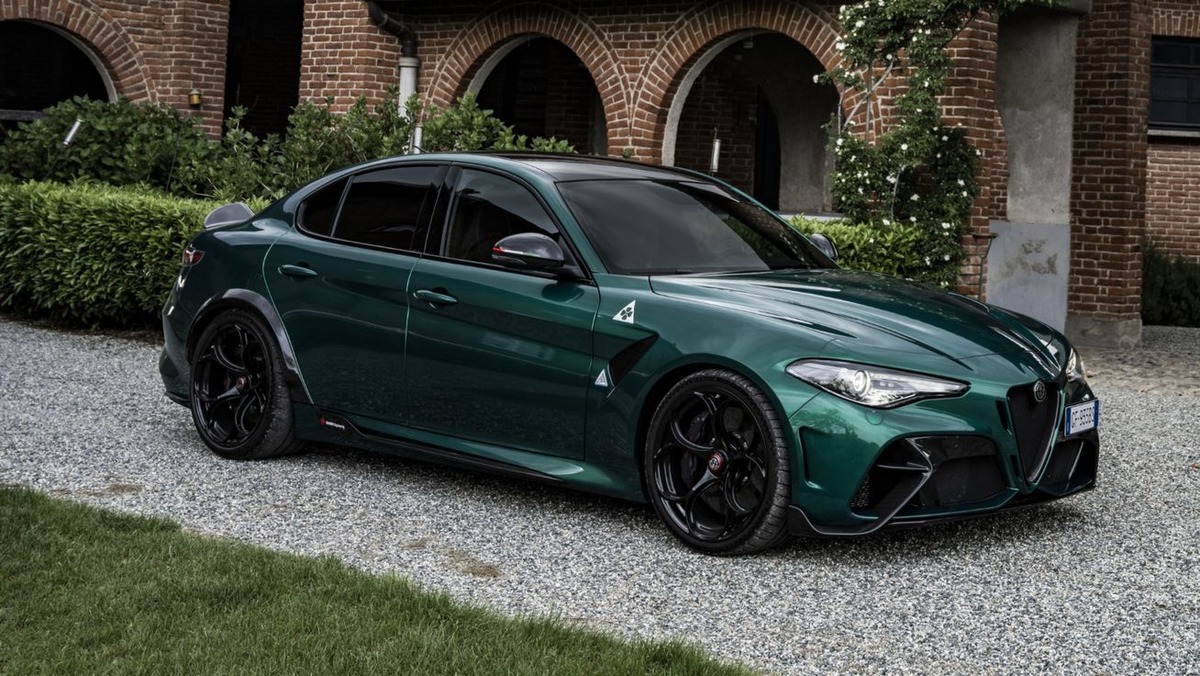
4. Alfa Romeo Giulia
The Alfa Romeo Giulia captivates enthusiasts with its stunning design, engaging handling, and emotional appeal that few competitors can match. However, this Italian sports sedan’s passion comes with significant compromises that make it particularly unsuitable for those requiring reliable daily transportation.
The Giulia’s most significant vulnerabilities stem from its prioritization of driving excitement over long-term durability and Alfa Romeo’s historically inconsistent build quality.
Electrical gremlins represent the most frequently reported issues among Giulia owners. The sophisticated electronic architecture controlling everything from the drive mode selector to the brake-by-wire system demonstrates alarming inconsistency.
Owners regularly report unexplained warning lights, random system shutdowns, and infotainment glitches that appear without clear causes. These issues often require diagnostic equipment that independent shops rarely possess, creating both logistical challenges and substantial costs for even minor troubleshooting.
The Giulia’s 2.0-liter turbocharged four-cylinder engine, while impressively powerful for its size, places significant stress on supporting systems. The cooling system, in particular, demonstrates concerning vulnerability, with water pump failures reported with surprising frequency before the 50,000-mile mark.
Similarly, the high-pressure fuel injection system develops leaks and pressure regulation issues that can trigger check engine lights and performance degradation. These concerns are exacerbated by limited parts availability and specialist knowledge outside major metropolitan areas.
Perhaps most troubling for potential daily drivers is the Giulia’s questionable build quality. Panel gaps widen with use, interior trim pieces develop rattles, and water leaks become increasingly common as seals age.
The interior materials while visually striking demonstrate poor resistance to wear compared to German competitors, with leather surfaces showing premature creasing and button markings fading with regular use.
The Giulia’s dealer network presents another significant obstacle to daily usability. With relatively few authorized service centers nationwide, Alfa Romeo owners often face lengthy waits for appointments and parts.
These logistical challenges transform even routine maintenance into potentially disruptive events that can leave owners without transportation for extended periods.
For weekend enthusiasts who prioritize driving enjoyment over absolute reliability, the Giulia’s limitations might represent acceptable compromises. Its communicative steering, responsive chassis, and distinctive character deliver emotional rewards that few competitors can match.
However, for those requiring dependable daily transportation, the Alfa Romeo’s combination of electronic fragility, mechanical concerns, and limited support infrastructure makes it particularly ill-suited for regular duty.
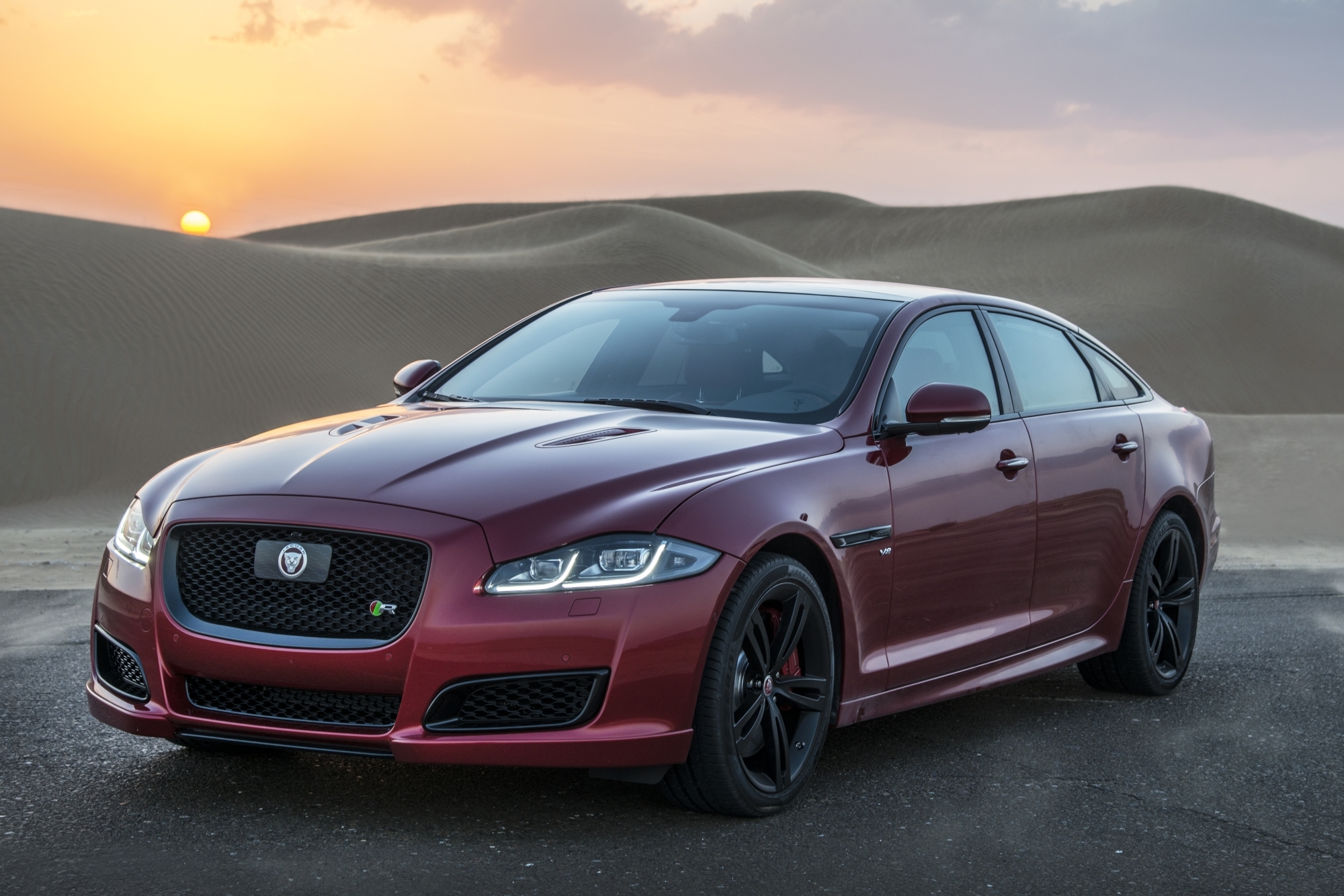
5. Jaguar XJ
The Jaguar XJ epitomizes traditional British luxury with its distinctive styling, sumptuous interior, and refined road manners. However, this flagship sedan’s old-world charm comes with old-world reliability concerns that make it particularly unsuitable for the rigors of daily use.
The XJ’s vulnerabilities stem from both its complex engineering and Jaguar’s historically inconsistent manufacturing quality, creating a perfect storm of maintenance requirements and potential failure points.
The XJ’s aluminum-intensive construction represents a double-edged sword for longevity. While providing weight savings and theoretical corrosion resistance, the material requires specialized repair techniques that many body shops lack.
Minor collisions that might represent straightforward repairs on steel-bodied competitors often result in substantially higher costs for XJ owners. This specialized construction also creates potential galvanic corrosion issues where dissimilar metals meet, particularly around suspension mounting points.
Electrical reliability represents the XJ’s most significant vulnerability. The sophisticated systems controlling everything from the adaptive suspension to the virtual instrument cluster demonstrate alarming failure rates as vehicles age.
Owners regularly report dashboard blackouts, inoperative climate control systems, and erratic behavior from driver assistance features. These issues often require dealer-level diagnostic equipment and expertise, creating both logistical challenges and substantial expense for even minor troubleshooting.
The XJ’s powertrain options present varying concerns for potential daily drivers. The supercharged V8 engines, while powerful, develop cooling system issues with concerning regularity.
The water pump buried deep within the engine bay requires extensive labor for replacement, often exceeding $2,000 for a component that typically fails near the 60,000-mile mark.
The ZF eight-speed automatic transmission demonstrates better reliability but requires more frequent fluid changes than the owner’s manuals suggest to maintain proper operation.
Perhaps most troubling for those considering daily use is the XJ’s rapid depreciation, which reflects the market’s assessment of long-term reliability.
Models that commanded six-figure prices when new frequently sell for under $30,000 after just five years, creating devastating financial losses for original owners and equally concerning maintenance liabilities for subsequent purchasers.
This depreciation curve suggests that ownership costs extend far beyond scheduled maintenance, with many owners reporting four-figure repair bills becoming routine after warranty expiration.
For the luxury buyer who replaces vehicles every few years or maintains multiple vehicles, these drawbacks might represent acceptable compromises for the XJ’s undeniable presence and refined character.
However, for those seeking reliable daily transportation intended to accumulate significant mileage, the Jaguar’s combination of specialized construction, electronic complexity, and statistical unreliability makes it particularly ill-suited for regular duty.
Also Read: 5 Cars That Can Run Without Constant Upkeep and 5 That Always Need Attention

